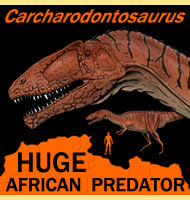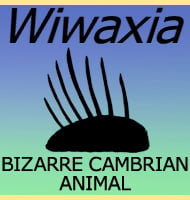In Depth
Not much can be said about Comodactylus because it is only known from a fourth metacarpal, the hyper extended finger that made up the outer trailing edge of the wing. The prooportions of the bones have at least indicated that Comodactylus belongs within the Rhamphorhynchoidea group of pterosaurs, although if the size estimates are correct, then Comodactylus would have been very big for its group.
The holotype specimen for Comodactylus had been sitting in museum storage for over a century until it was re-discovered and its original arrival harks back to the bone wars of the late nineteenth century. During this time fossil material was dug at such a fast rate that it was not possible for the two main antagonists (Othniel Charles Marsh and Edward Drinker Cope) to examine all of it. Comodactylus is derived from the Como Bluff area where the specimen was recovered from. The species name C. ostromi is in honour of the palaeontologist John Ostrom.
Further Reading
– A rhamphorhynchoid pterosaur from the Upper Jurassic of North America. – Journal of Paleontology 55(5):1117-1122. – P. M. Galton – 1981.









